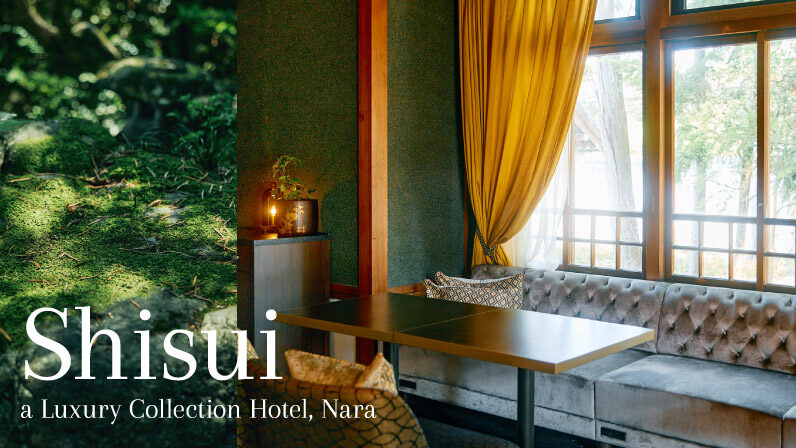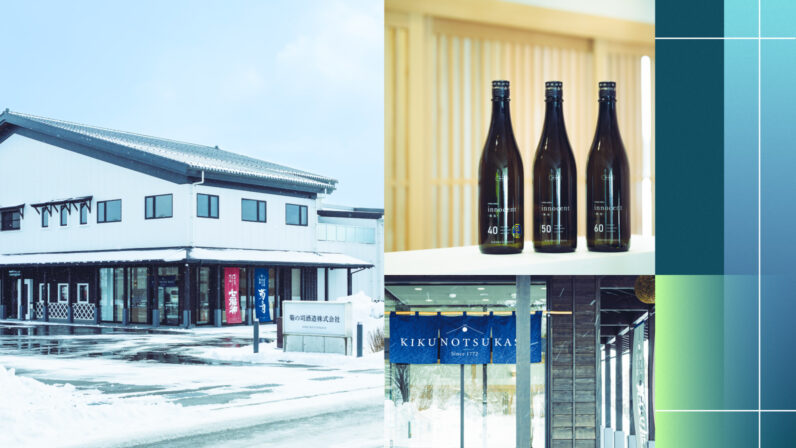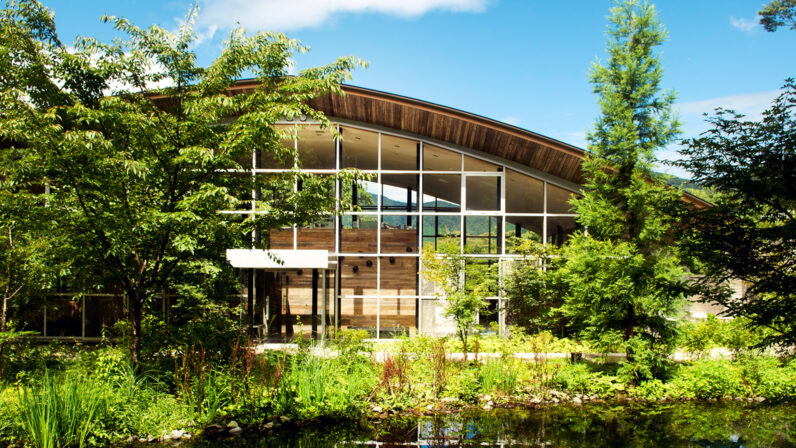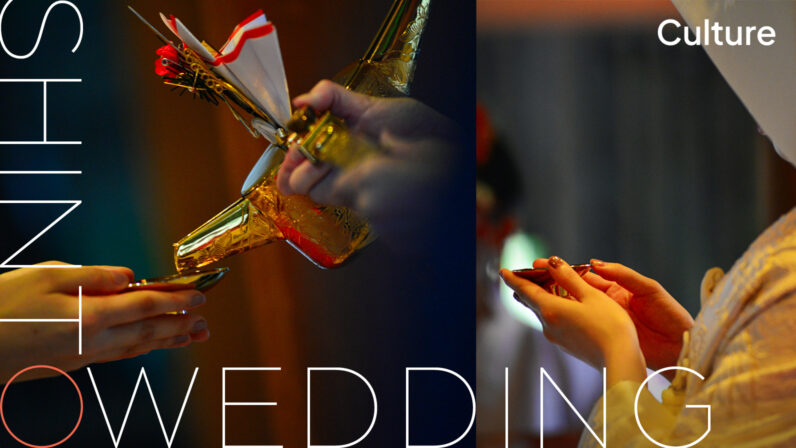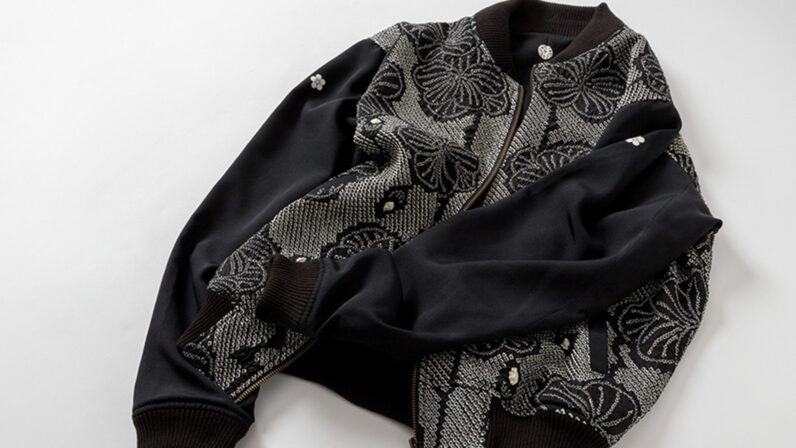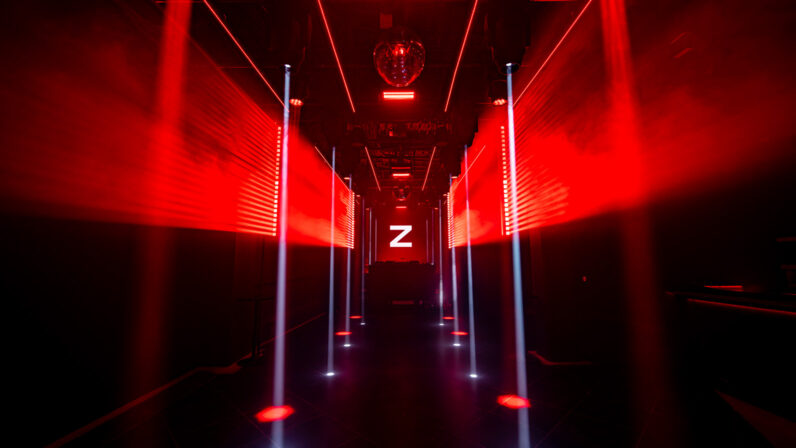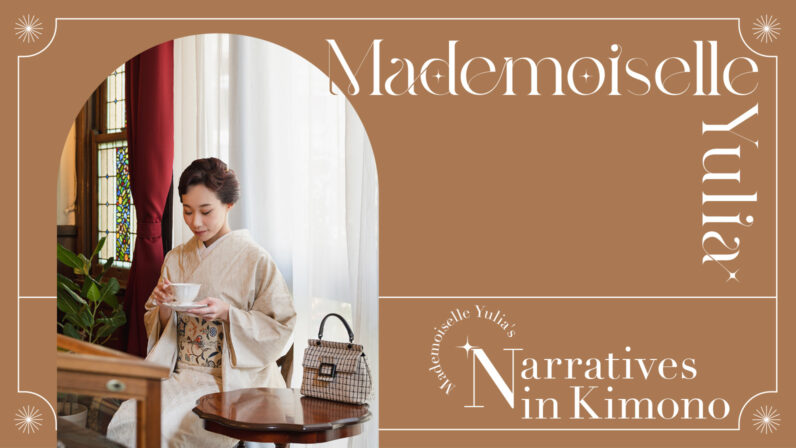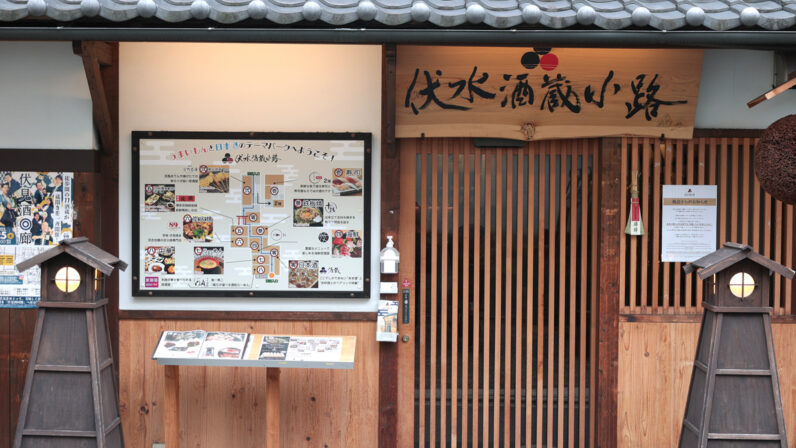In 2018, a new cherry blossom species was officially registered in Japan for the first time in about a century. That species is Kumanozakura. Still relatively unknown outside its local area, this rare cherry blossom offers a chance to enjoy an early hanami (flower viewing) experience.
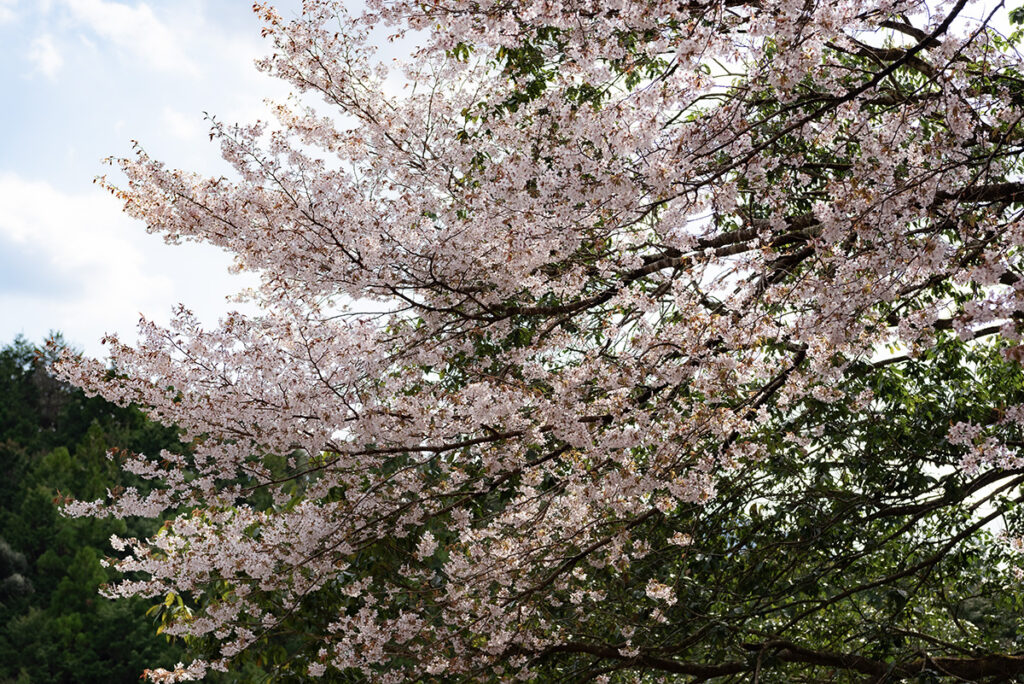
A Wild Cherry Blossom Blooming in the Southern Kii Peninsula
Kumanozakura is a wild cherry blossom species that grows in the mountainous regions spanning Mie, Wakayama, and Nara Prefectures. Previously, the cherry blossoms in this area were thought to be a variation of Yamazakura, a species widely found throughout western Japan. However, Dr. Toshio Katsuki of the Forestry and Forest Products Research Institute’s Tama Forest Science Garden confirmed that this was, in fact, an unreported new species, hailed as a once-in-a-century discovery.
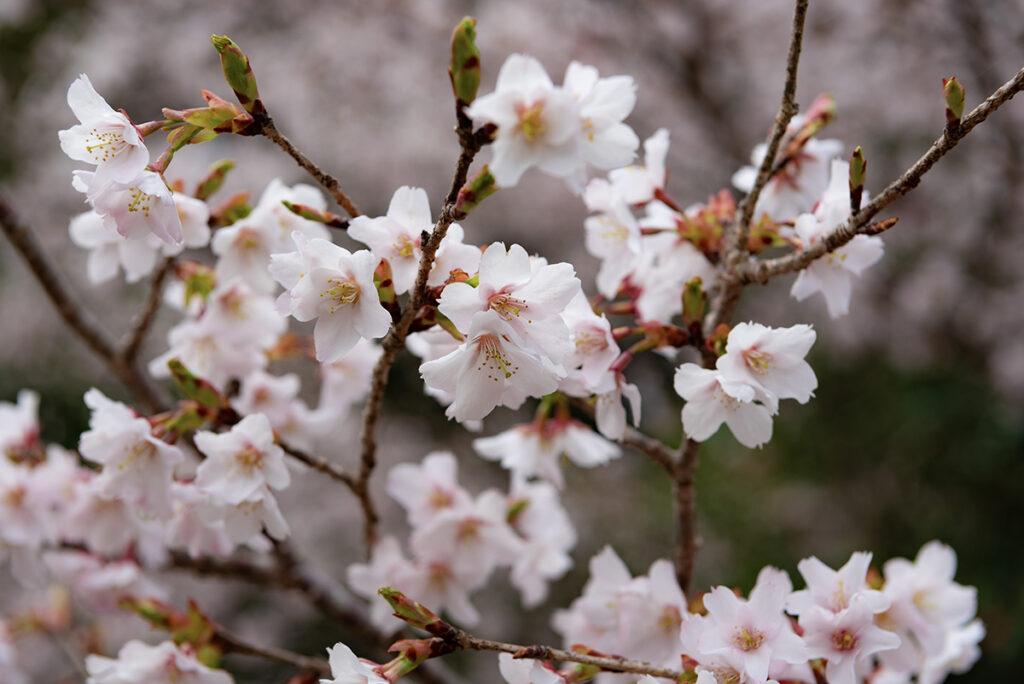
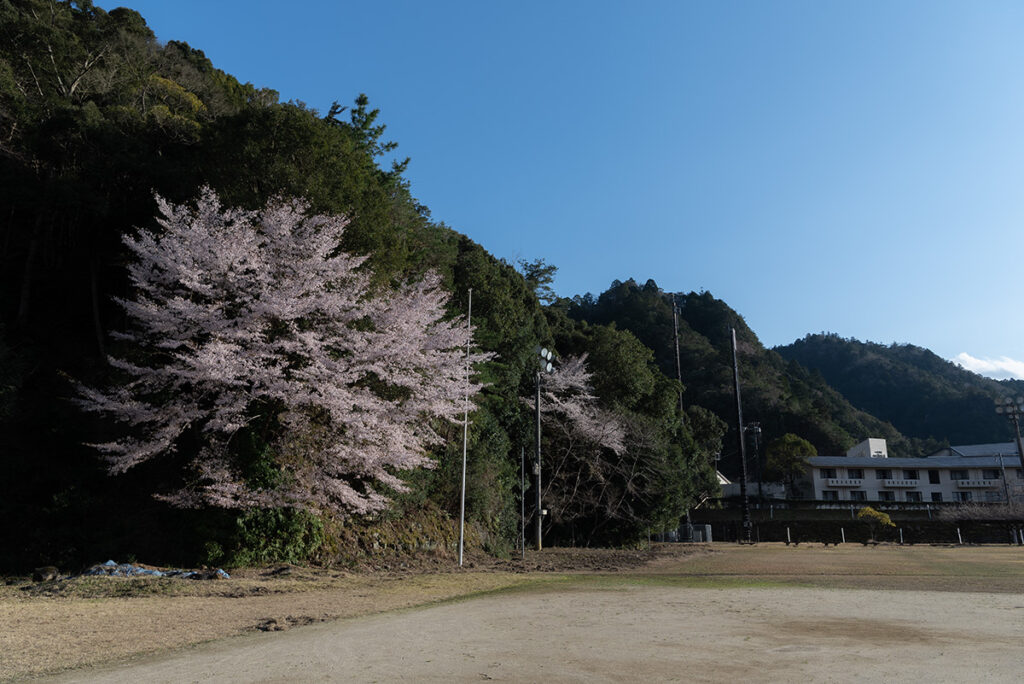
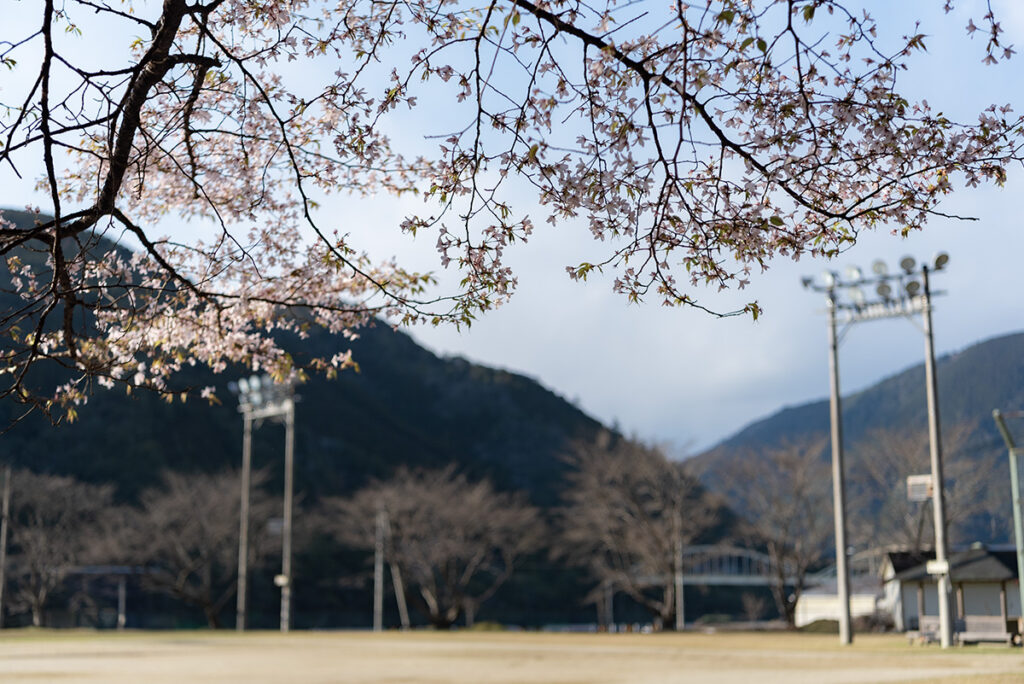
The Kumanozakura at Ogawaguchi Sports Park in the town of Kiwa, Kumano City
When Is the Best Time to See Kumanozakura?
Kumanozakura bloom earlier than Somei Yoshino, typically reaching full bloom around mid-March. However, depending on the location and the year’s climate, this timing can shift by about two weeks.
Compared to cultivated varieties like Somei Yoshino, its blossoms are smaller and more delicate. One of its distinguishing features is that each bud produces two flowers. The sight of these pale pink blossoms appearing amid the rugged mountains of Kumano creates the illusion of a soft, cherry-colored haze, heralding the arrival of spring in the region.
Since no other cherry blossoms bloom at the same time as Kumanozakura, spotting them should be easy if you visit at the right moment.
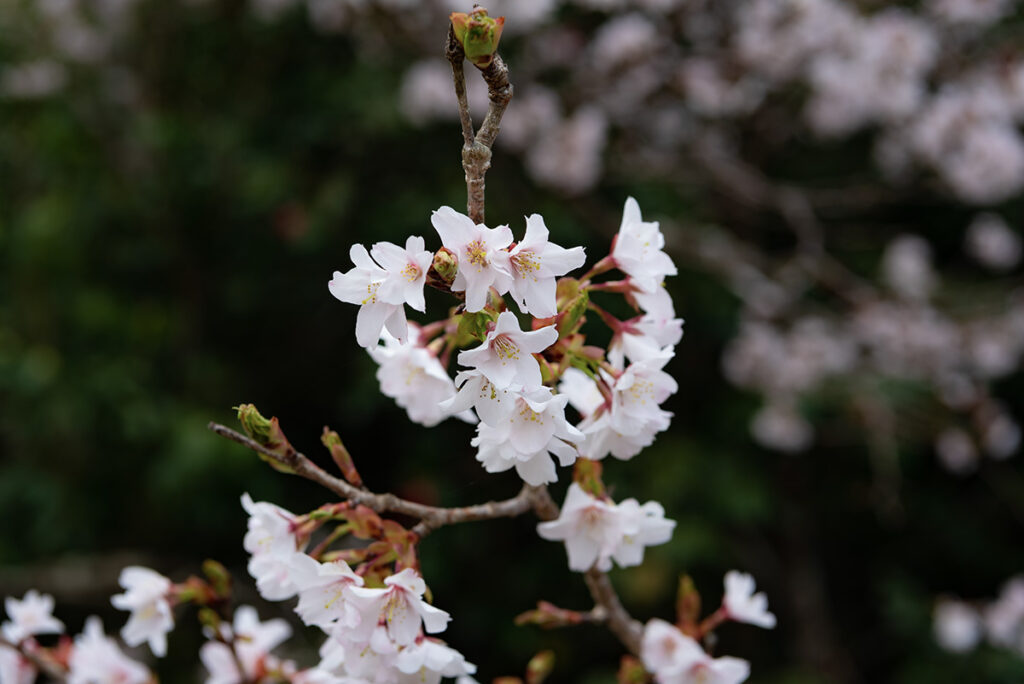
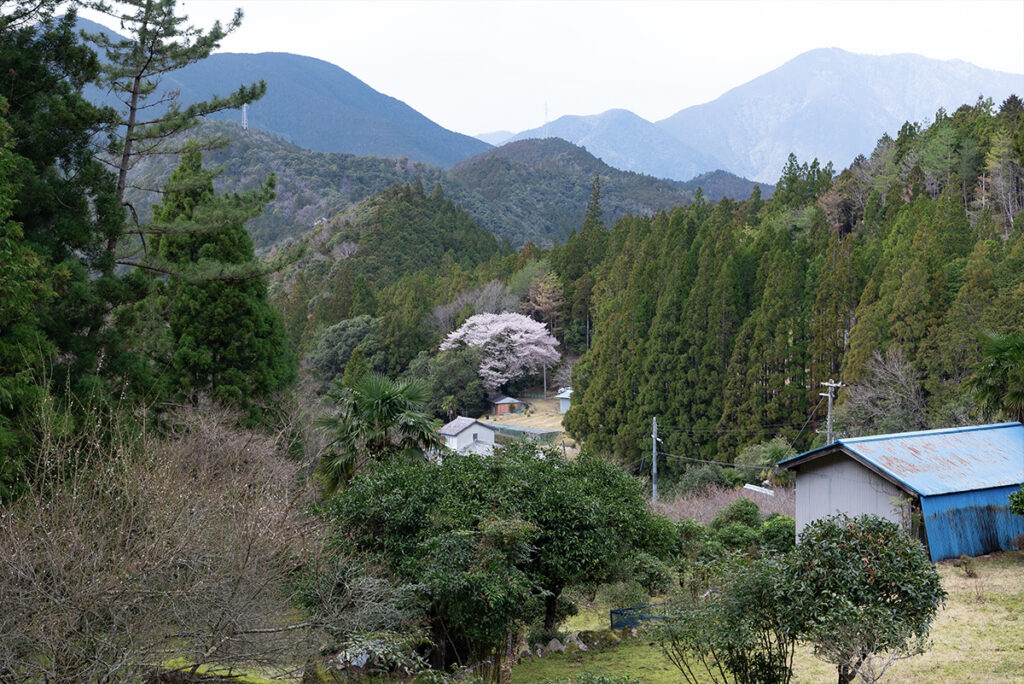
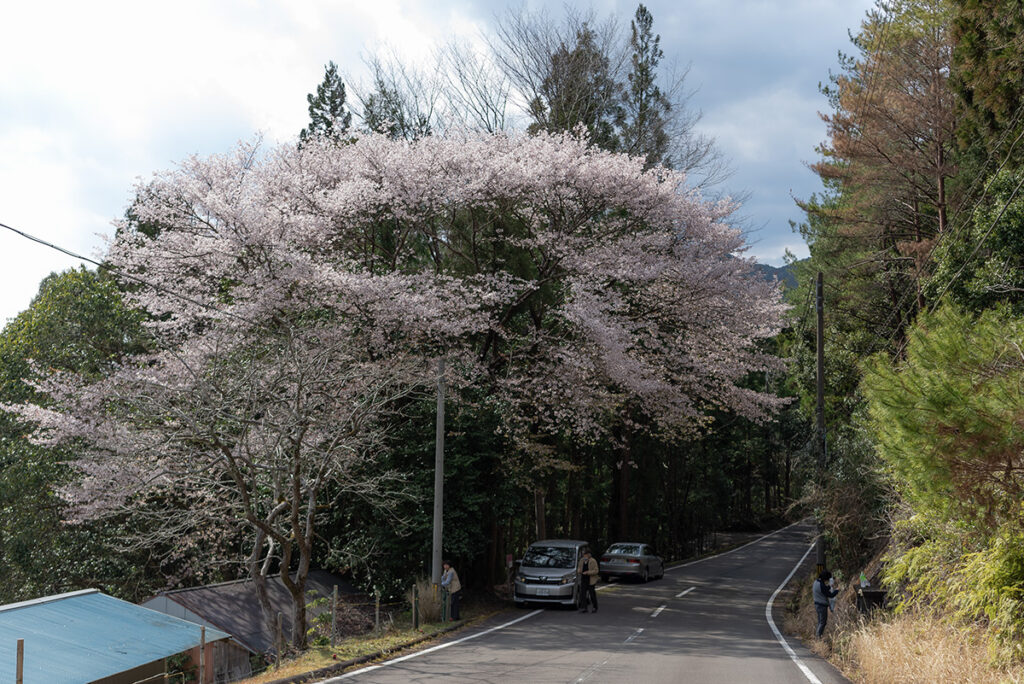
Akagi Zakura, the largest Kumanozakura tree in Kiwa Town, Kumano City
Enjoying Kumanozakura Along the Kumano Kodo
As its name suggests, Kumanozakura is native to the southern Kii Peninsula, an area deeply connected to Kumano’s spiritual traditions. At the heart of its distribution lies Kumano Hongu Taisha, one of the sacred sites of Kumano worship.
The ancient pilgrimage route, the Kumano Kodo, has been a path of prayer for centuries. Registered as a UNESCO World Cultural Heritage site in 2004, it continues to attract visitors seeking a spiritual journey.
For those looking to enjoy Kumanozakura while walking the Kumano Kodo, two recommended courses along the Iseji route are Fūden Pass and Tōri Pass. Both routes pass through Maruyama Senmaida, a stunning terraced rice field in Kiwa Town, Kumano City, selected as one of Japan’s 100 Most Beautiful Terraced Rice Fields.
With over a thousand rice paddies spreading across the landscape, these trails offer breathtaking views of the countryside, alongside ancient moss-covered stone paths that are perfect for beginners. Imagining past travelers walking the same paths while admiring the same seasonal scenery evokes a deep sense of reverence. It’s an experience that naturally soothes the soul.
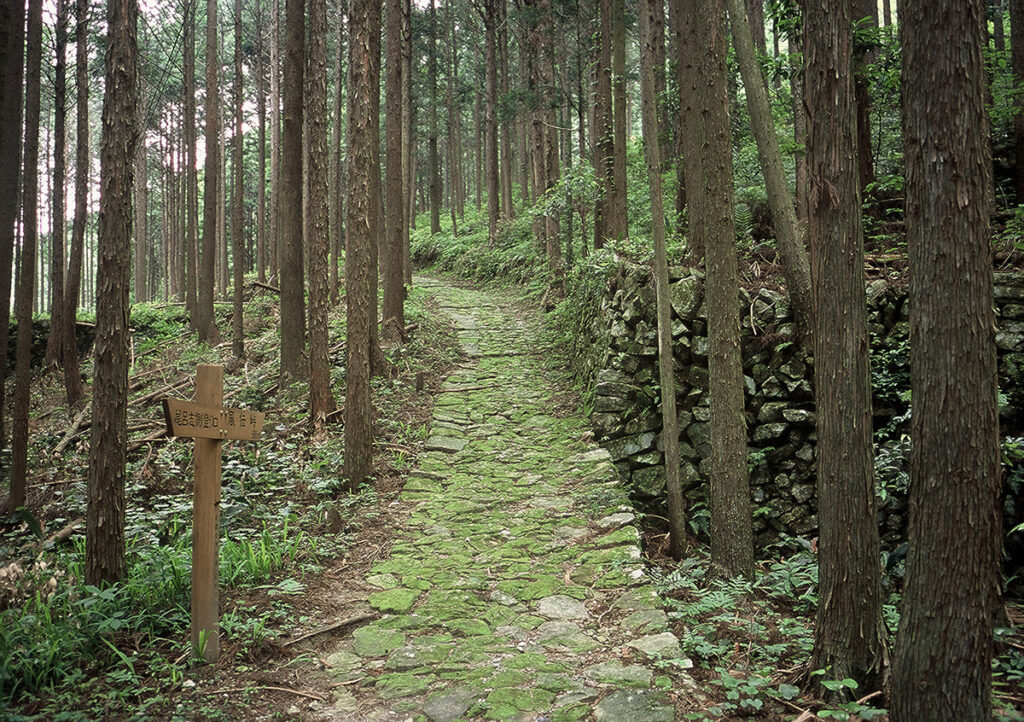
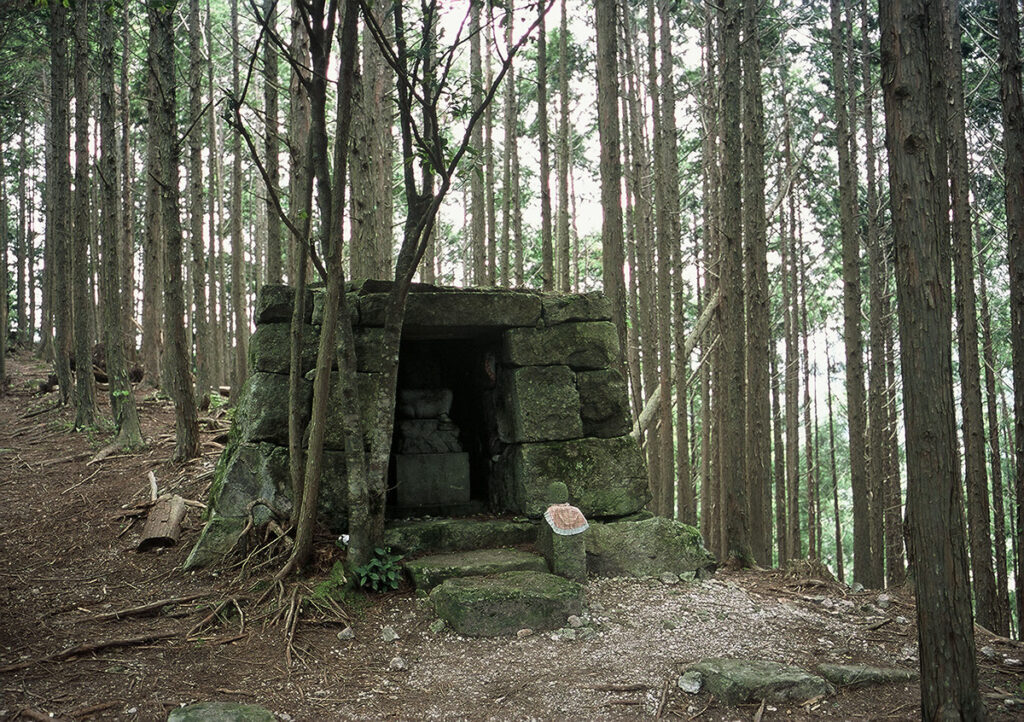
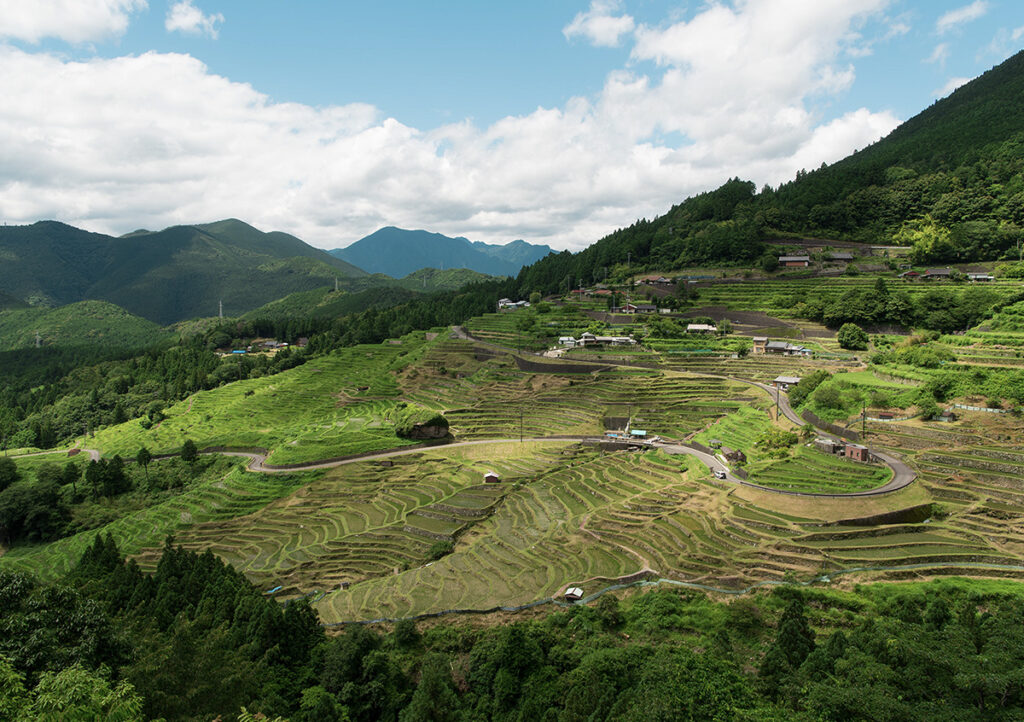
Kumano Kodo and Maruyama Senmaida
Local Resources for Kumanozakura Sightseeing
Since Kumanozakura is a wild species, finding accessible viewing spots can be challenging. Additionally, the trees do not grow in large clusters, making local resources invaluable for planning your visit. See the Kumamo City Tourism Association’s guide map for Kumanozakura locations. The cherry blossom icons indicate recommended viewing spots.
https://www.kumano-kankou.info/kumanozakura/
This spring, why not skip the crowded hanami hotspots and venture to Kumano to witness this elusive cherry blossom? Surrounded by Japan’s timeless landscapes, you may find yourself experiencing something more profound, something that moves you, and touches the soul.
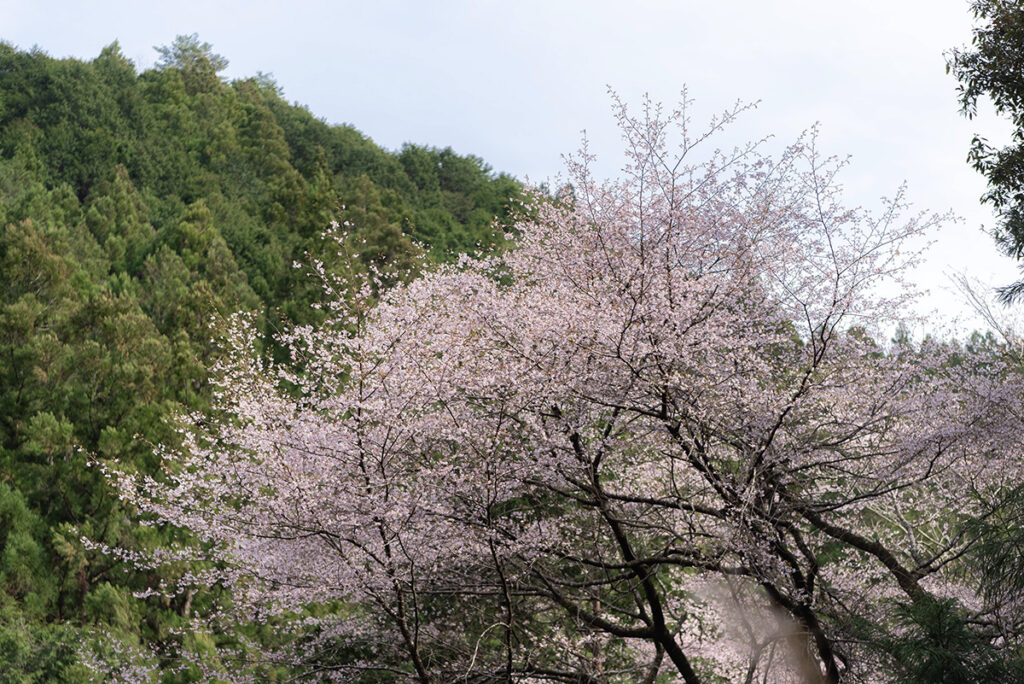
Inquiries
Kumano City Tourism Association
TEL: 0597-89-0100
Website: https://www.kumano-kankou.info/



